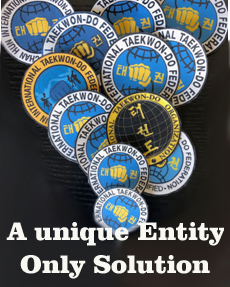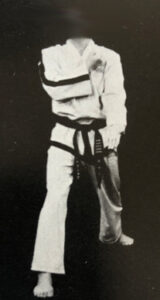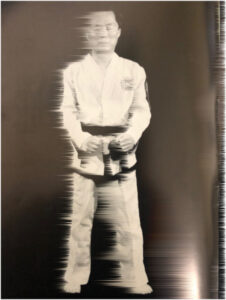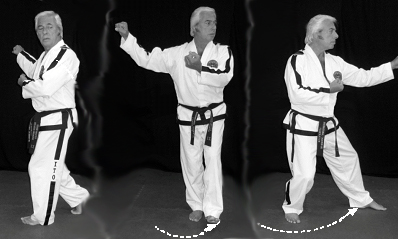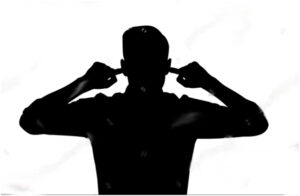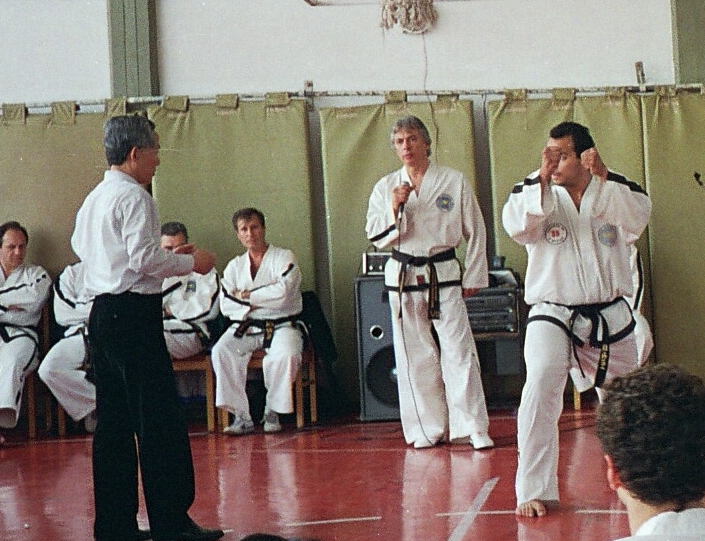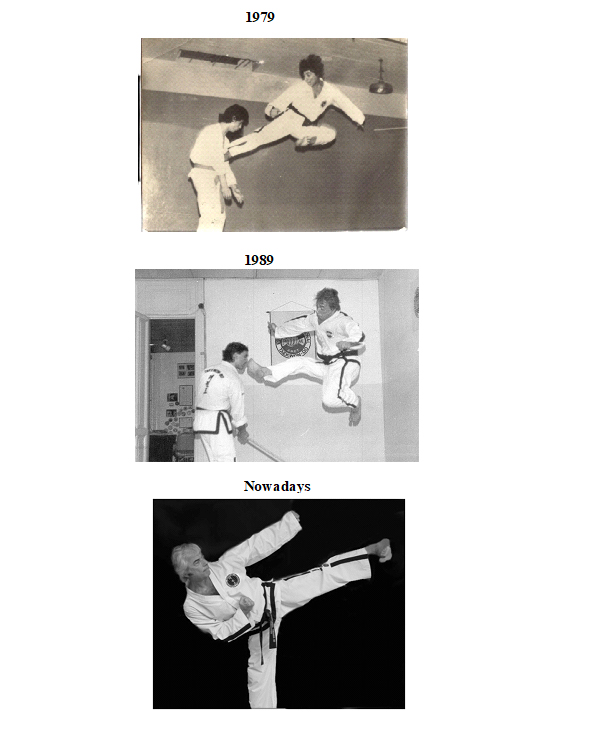
When questions are asked about Taekwon-Do, the answer is invariably that it is a martial art that can be practiced by everyone regardless of age.
This is only a half-truth, as certain conditions must be considered for this statement to be more than just a form of advertising. In the case of children, when asked, the Founder of the discipline responded that 8 years old was a good age to begin. Of course, that response implicitly assumed an understanding of the basic theory that supports the practice of Taekwon-Do — and before that age, it is practically impossible to transfer that understanding. Nowadays, that age has been done away with by the system that also calls itself Taekwon-Do, but which allows children as young as 3 or 4 to practice. Sure, the name is Taekwon-Do, but what is practiced there has nothing to do with what was founded by Choi Hong Hi — except for the greeting, the uniform, and the name of the activity.
However, it must be acknowledged that, without a doubt, it is a very useful way to instill a form of discipline in children within a society that, generally speaking, shows signs of the opposite.
In the case of adults, something similar happens, as what is often taught is a variety of movements with a sporting application, suited exclusively for people of both sexes but only within the age range of 14 to 40. All those beyond that age — with honorable exceptions — make great efforts to repeat the dictated movements without the possibility of truly incorporating them into their combat repertoire. The reasons are simply due to age, although no one mentions it outright. That is why I always speak with caution about those who deliver massive seminars on sports techniques without taking into account the age or physical structure of the participants.
Does this mean that there are multiple Taekwon-Dos within Taekwon-Do? The Founder developed a single art, not two. Nevertheless, as instructors, we must take the aforementioned details into account. It is well known that only 20 to 30% of students may become interested in the sporting facet; the rest simply follow the given instructions.
Martial art and self-defense are intimately linked — both conceptually and in terms of the techniques to be executed — which is why it is said that Taekwon-Do is a martial art with a sporting aspect, not the other way around.
Those who have practiced one or another technique for escaping holds or defending against armed attacks have likely realized that if these are not practiced regularly, they have no practical application. The lack of repetition with opponents of different sizes prevents them from working as they should. In tests for advanced ranks, when asked to deal with such attacks, it often becomes clear how ineffective the practitioners are due to a lack of training in that area.
In the sporting realm, there have always been trendy techniques — movements effectively executed by a few skilled competitors. Immediately afterward, the other competitors and instructors present try to incorporate those techniques into their classes without considering the underlying details that make such executions effective. The age of the performer is a fundamental factor to consider when trying to imitate them. The problem arises when one tries to execute them with an unsuitable body or at an inappropriate age.
I believe the best way to get the most out of the art of Taekwon-Do is to recognize within oneself what goals we want to achieve — always bearing in mind our personal limitations.
SGM Ricardo Desimone
to be aware read the previous notes

